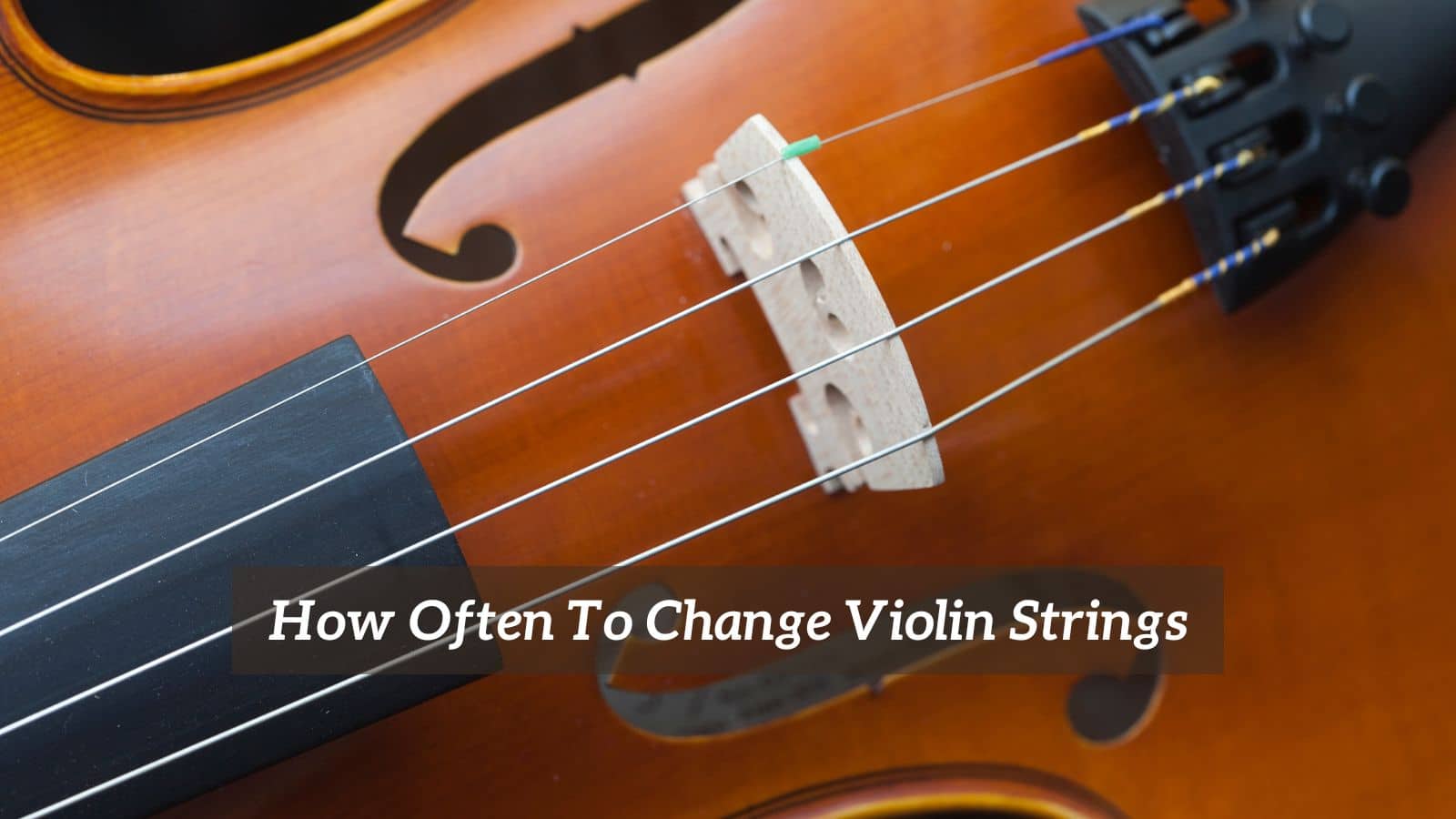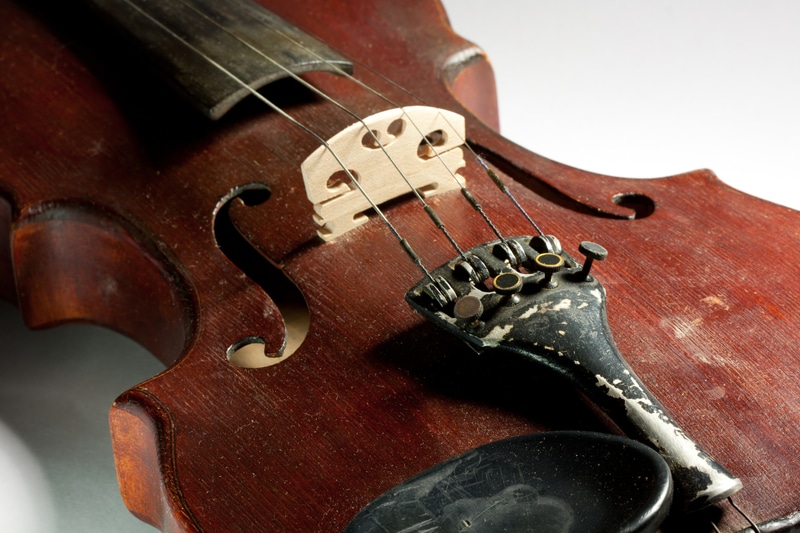
After weeks or months of regular practice, violinists start having the feeling that it is time to have the strings changed. This intuitive response is based on several factors like the sonority of instrument, response to the bow or the visible wear to the strings.
When playing starts not being so pleasant anymore, that may be the right time to have the strings changed. If you are unsure about when to have your strings changed keep reading this article and get some insights.
How Often The Strings Should Be Changed
Timing
The right moment for having strings replaced varies according to the level of the player, the intensity of playing, tonal lifespan and durability of the strings, and also if the instrument is well adjusted.
Advanced and professional players who keep an intensive practice routine definitely need to have strings changed very often, about two or three times a year. They seek the best in terms of sound quality and subtleties of sound.
Beginners, who usually do not need to practice more than two hours a day or to exert too much pressure in the strings while playing, can have strings changed every one or two years.
However, many beginner’s violins are not well adjusted or strings are of a poor quality, causing strings to break prematurely. Thus, the right moment of having the strings will vary case by case.
Old strings
One of the main reasons to have the strings changed is the aging of the strings, which makes their sound not as beautiful as in the beginning. Strings do not last forever and when they get old they can break unexpectedly.
This is one of the biggest fears of all violinists. Alsoz old strings may have too much dust ingrained or may have suffered oxidation and not respond well to the bow action.
Because playability is affected, violinists notice that playing their favorite songs with a perfect sound is not so easy – that is the moment in which new strings can save the day.
Unwinding
Modern strings have a gut or synthetic core that is covered with a layer of metal. This layer can unwind, usually in the part where violinists place their fingers. Once this problem started it can not be reverted.
Pitch becomes seriously affected – for a string to sound well, it must have the exact same calibre and density throughout its length. Playing with a string that has this problem would also be uncomfortable for the fingers. And last, but not the least, a string in such condition can break immediately, at any time.
Brand of strings
Every string has its own tonal lifespan, that is to say, the period of time in which the sound is rich, full, and well projected. Depending on the brand, you may have strings that keep their original characteristics for several weeks, while others for just some days.
A very known example of a brand of strings that has a marvelous sound but a short tonal lifespan is Evah Pirazzi, by Pirastro. Keep in mind that tonal lifespan is not related to the breakage of the strings, as they can last for several months without breaking.
If you really enjoy the full sound of a freshly put set of strings, you should definitely not wait too much before having your strings replaced.
Experimenting, enhancing or masking
One of the reasons violinists have their strings changed is because they search for specific sound characteristics that they like, since each brand can deliver distinct sound qualities: some are more rich, warm; others more brilliant or projected.
Sometimes violinists want to enhance or mask tonal characteristics of their instruments: instruments with less power of sound may benefit from strings with better projection; violins that lack depth definitely can benefit from strings with a warmer and richer tone.
How to extend the life of the strings
It is possible to make strings last longer if some measures are taken: washing hands before playing; removing the dust and removing rosin ingrained in the strings regularly.
There are even some special products in the market that serve specifically for the purpose of cleaning the strings. Having nuts and bridge well adjusted and lubricated is also very important.
Professional guidance
Beginners who are unsure about when or how to have strings the replaced must always have some guidance from a teacher or luthier.
Attempting to do so without prior knowledge may result in some problems such as a fallen soundpost, which will definitely prevent the student from playing for some days, until the problems are fixed by a luthier.
Having spare strings
It is important to have spare strings at the violin case to be used in case of emergency. We can never predict when strings will break, but we can be ready to replace them if we keep one spare set.
If, for some reason you can’t have a full set of spare strings, keep in mind that the E string is the one that breaks more often and can be purchased separately.
Changing one or changing all the strings?
One important question about having strings changed is the number of strings that should be changed when just one string is causing troubles. If the string was not broken prematurely, ideally all strings should be changed because all of them are old enough.
Sometimes the exact placement of fingers may be a bit different in the new string so having a brand new set installed in your instrument is the safest option. A good teacher can definitely give the answer based on the needs of each student.
Conclusion
Every violinist will naturally develop the feeling of when to have the strings changed. When the ideal tonal characteristics have been lost and the strings are not responding well, or the pitch is being affected, the player instinctively will decide when to have them replaced.
For the beginners usually the reasons will be more obvious: broken strings or the outer layer that is unwinding.
Although there is not a general answer for all cases, we often assume that a professional player will have their set of string replaced every three or four months, but beginners can keep the same set for over a year if they are functioning well.

